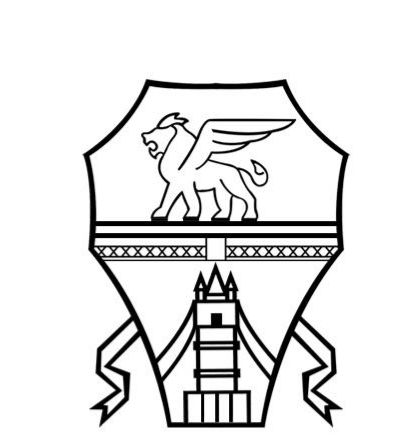What is the blockchain?
The Blockchain is a set of technologies that make it possible to maintain a distributed ledger, structured as a chain of blocks containing transactions. It is often defined as an “incorruptible digital ledger of economic transactions that can be programmed to record not only financial transactions, but virtually anything of value”.
To validate the changes to be made to the register, in the absence of a central body, the nodes must reach consensus (at least 51% of the nodes, ideally). Let’s think of a system in which two people make an agreement: to validate it you need witnesses and the same thing happens in the blockchain environment.
The more nodes there are, the more the security of the system increases!
How does the blockchain work?
Although it sounds complex, the blockchain is actually quite simple:
- Each block usually includes a hash, which is a fingerprint of the new authenticated block that cannot be changed or modified later. This hash, therefore, uniquely identifies the block and allows you to connect it to the next block through its identification.
- Each block contains several transactions, a hash that records information about the referenced block and another hash with the information from the previous block.
This way, you can create a chain by tying one block to another – if someone tries to change the data, the hash and the whole chain is broken.
The transaction contains information relating to the public address of the recipient, the characteristics of the transaction and the cryptographic signature that guarantees the security and authenticity of the transaction.
Basically, the blockchain is a public and shared ledger consisting of a series of clients or nodes: it is organized to update itself automatically on each of the clients participating in the network and each operation must be automatically confirmed by all the individual nodes through cryptographic software. guaranteeing its digital identity.
To encrypt the transactions performed, a great deal of computing power is required as more and more blocks are required to authenticate the transactions: the nodes that provide the computing power are called miners and earn a fraction of new cryptocurrency (never owned before by others and not present in past transactions already recorded) for each block in which they participate.
What are the characteristics of blockchain technology?
The blockchain has several characteristics:
- Data digitization: information and data are transformed and stored in digital format;
- Decentralization : information is distributed over multiple nodes to ensure security;
- Disintermediation : no intermediaries are needed to manage transactions;
- Transparency and verifiability : the content of the register is transparent, accessible and verifiable by anyone;
- Immutability of the register : the data in the register cannot be changed without the consent of the network;
- Traceability of transfers : each element of the register is traceable and it is possible to trace its origin;
- Transfer scheduling: each operation can be scheduled.
Blockchain: from Bitcoin to the Internet of Value
The birth of Bitcoin defines the first blockchain-based transaction in 2009. It consists of a protocol created to implement a peer to peer electronic payment system capable of operating without financial intermediaries.
Bitcoin is the first cryptocurrency to use a new type of distributed ledger to keep track of all transactions, always rewarding in Bitcoin those who provide computing power to generate new blocks to authenticate.
In these transactions, the exchange of value is therefore decentralized, secure and programmable.
To date, the benefits of blockchain technology fall into all sectors where information certification is required such as financial transactions, accounting assets, wills, money transfers. Among the prominent sectors:
- Token
- Digital citizenship
In Blockchain technology, the digital asset is unique and it is not possible to duplicate it. The Internet of Value is therefore born, defined as a digital network of nodes that transfer value through a system of algorithms and cryptographic rules that allows to reach consensus, even in the absence of trust, on the changes to be made to a distributed register that keeps track of transfers of unique digital assets.
An example of a Blockchain used not only for cryptocurrencies, but also for other types of information, is Ethereum.
Token
A token is a set of digital information, recorded on a distributed ledger, which confers a right of ownership on an asset and on the information itself recorded on the blockchain, which can be transferred via a protocol. Tokens can be fungible or non-fungible.
- Fungible token: can be replaced with something identical and are related to cryptocurrencies and digital currency. The fungible good par excellence is money, since a banknote of a given currency and quantity, if authentic and intact, can always be replaced by another banknote of the same currency and quantity
- Non-fungible token (NFT): they have an identification code that makes the property unique. Used for:
- Digital identity management
- Collectibles
- Traceability projects (digital twin)
- Automation of supply chain processes
- Electronic voting
Digital citizenship
Not only in the crypto, artistic and digital fields, the evolution of the blockchain is also expanding at the state level, with the aim of optimizing the management of documents and practices.
Developing digital identity systems through blockchain technology means that digital citizenship becomes shared and decentralized, and identification systems must also be adequate.
Let’s think for example of the SPID, able to follow the SSI (self-sovereign identity) paradigm in which the user can decide which data to share about his own identity. This allows not only to guarantee data security but also to improve privacy management.




